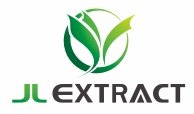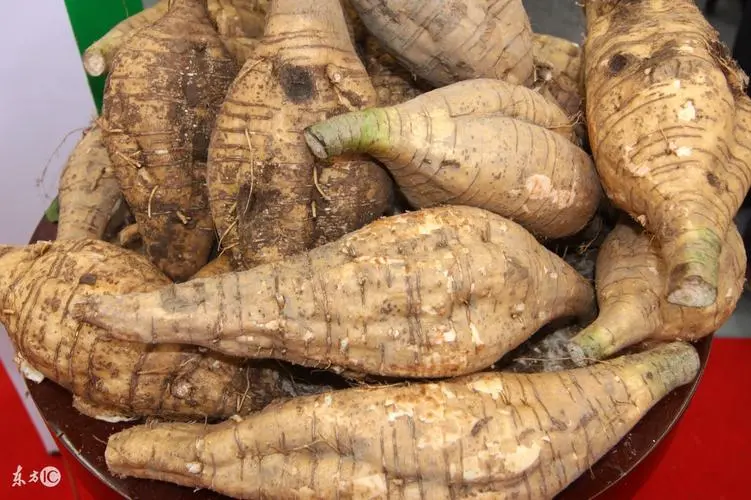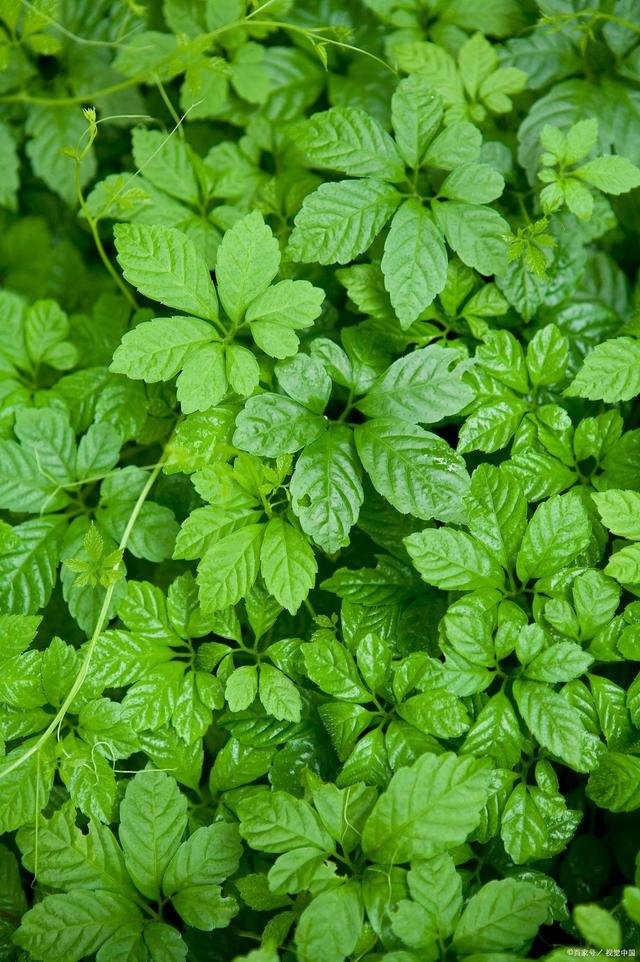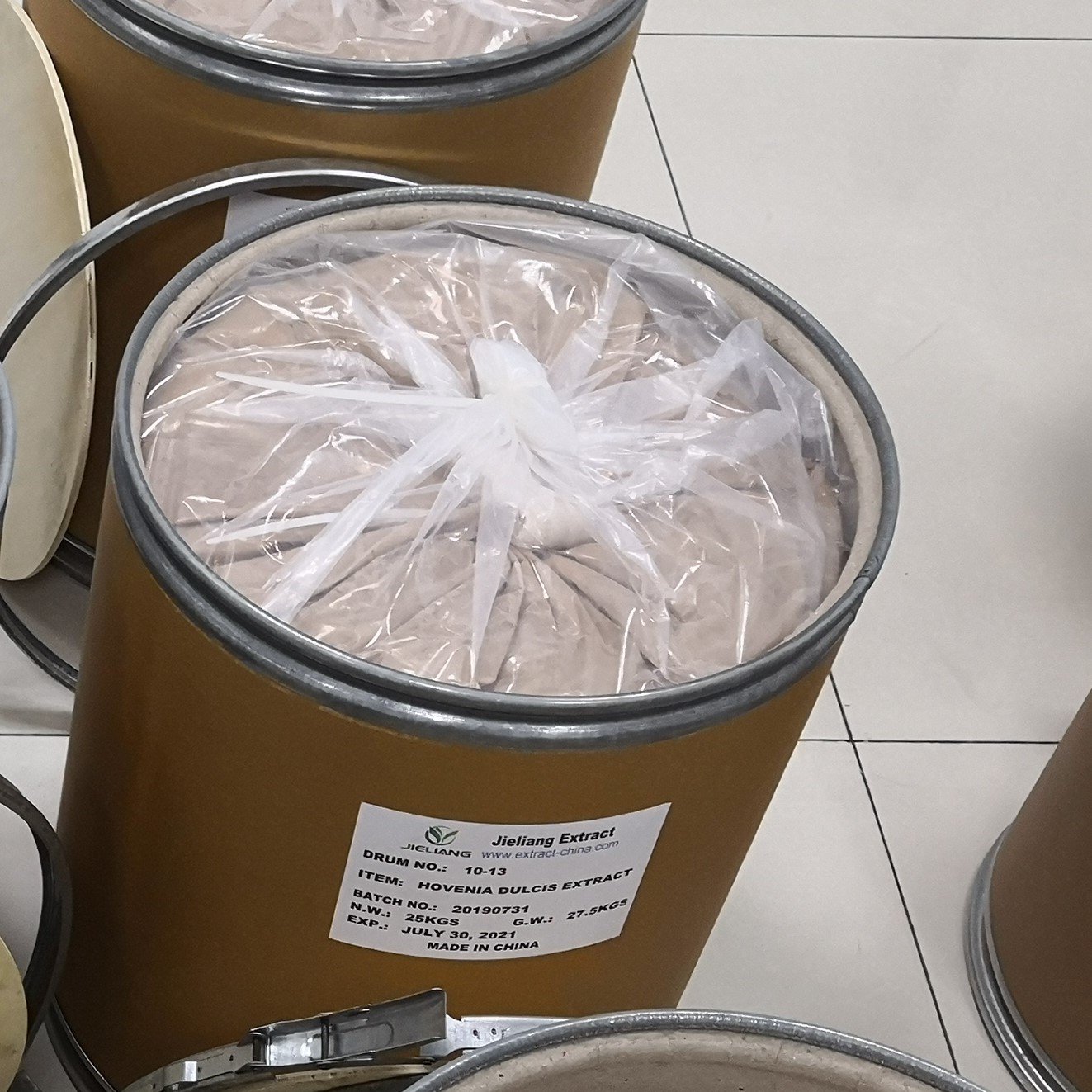Turmeric, a bright yellow spice synonymous with the rich flavors of curry, has transcended its culinary roots to become a celebrated staple in natural health practices. Revered in India for thousands of years as both a seasoning and a medicinal herb, turmeric owes much of its therapeutic prowess to curcumin, its primary active compound. This article explores the remarkable, evidence-based health benefits of turmeric and curcumin, shedding light on why this golden duo deserves a place in your wellness routine.
What Are Turmeric and Curcumin?
Turmeric is derived from the root of the Curcuma longa plant, a member of the ginger family, and is prized for its vibrant hue and earthy flavor. Within turmeric lies a group of compounds called curcuminoids, with curcumin being the most significant. Although curcumin constitutes only about 1-6% of turmeric by weight, its potent properties have captured the attention of researchers and health enthusiasts alike. To clarify a common misconception, curcumin is distinct from cumin—learn more in our detailed comparison of curcumin vs cumin.
The Top Health Benefits of Turmeric and Curcumin
Scientific studies have uncovered a wealth of benefits linked to turmeric and curcumin, ranging from inflammation control to disease prevention. Below, we dive into the top advantages supported by research:
- Natural Anti-Inflammatory Powerhouse
Curcumin’s ability to combat inflammation is one of its most celebrated traits. Chronic inflammation underlies many conditions, including arthritis and heart disease. By suppressing inflammatory pathways, curcumin offers a natural alternative to conventional treatments. For similar anti-inflammatory options, explore the benefits of tart cherry pills.
- Antioxidant Protection
Oxidative damage, driven by free radicals, accelerates aging and disease. Curcumin acts as a powerful antioxidant, neutralizing these harmful molecules and enhancing the body’s own antioxidant defenses, potentially promoting longevity and cellular health.
- Brain Health and Cognitive Support
Curcumin boosts levels of brain-derived neurotrophic factor (BDNF), a protein essential for neuron growth and brain function. Higher BDNF levels may enhance memory, learning, and even protect against neurodegenerative diseases like Alzheimer’s.
- Heart Disease Prevention
As the world’s leading cause of death, heart disease is a major concern. Curcumin supports cardiovascular health by improving endothelial function—the critical lining of blood vessels—while reducing inflammation and oxidative stress, key contributors to heart issues.
- Potential Cancer-Fighting Properties
Preliminary studies suggest curcumin may inhibit cancer cell growth, reduce tumor formation, and prevent metastasis. Though more human research is needed, its role in cancer prevention, particularly for digestive cancers, is promising.
- Alzheimer’s Disease Support
Curcumin may help clear amyloid plaques, a hallmark of Alzheimer’s, while its anti-inflammatory and antioxidant effects could slow disease progression. Ongoing research continues to explore its full potential.
- Relief for Arthritis Sufferers
For those with arthritis, curcumin’s anti-inflammatory action rivals some NSAIDs, easing joint pain and stiffness naturally and effectively.
- Mood Enhancement
Curcumin influences neurotransmitters like serotonin and dopamine, offering potential relief from depression and anxiety. Its BDNF-boosting effects further support mental well-being.
- Anti-Aging Benefits
By tackling inflammation and oxidative stress—two drivers of aging—curcumin may promote vitality and delay age-related decline, making it a candidate for anti-aging regimens.
- Enhanced Bioavailability with Companions
Curcumin’s absorption is notoriously low, but pairing it with piperine (found in black pepper) can increase bioavailability by up to 2,000%. Being fat-soluble, taking it with a fatty meal also boosts its effectiveness.
Maximizing the Benefits
To fully harness turmeric and curcumin’s potential, consider these tips:
- Combine with Black Pepper: Piperine dramatically enhances absorption.
- Pair with Fats: Cook with oils or take supplements alongside a fatty meal.
- Opt for Quality Supplements: Choose products with added piperine for optimal results.
Curious about other natural compounds? Check out cineole benefits for insights into another powerful plant-derived substance.
Addressing Common Questions
- Is curcumin the same as cumin? No, they’re entirely different—turmeric contains curcumin, while cumin is a separate spice. Dive deeper into this topic at is curcumin the same as cumin.
- Who should avoid turmeric? Pregnant or nursing individuals, and those with gallbladder issues, bleeding disorders, or diabetes, should consult a doctor before use.
The Bottom Line
Turmeric, powered by curcumin, stands as a scientifically validated ally in promoting health. From reducing inflammation to supporting heart, brain, and joint function, its benefits are vast yet tempered by its limited bioavailability—a challenge easily overcome with strategic consumption. Whether sprinkled into your meals or taken as a supplement, this golden spice offers a natural path to wellness that’s worth exploring.
By integrating turmeric into your life, you’re tapping into a tradition backed by modern science—a small step with potentially golden rewards.






